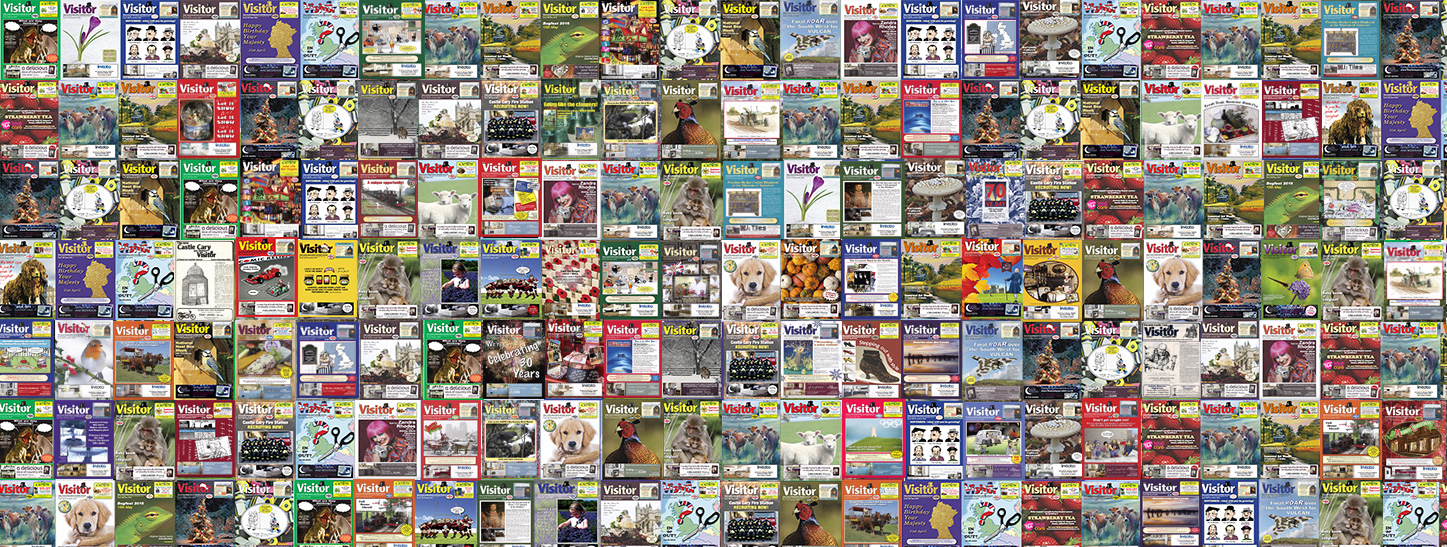 A remembering display on the First World War has been set up by South Somerset District Council’s Heritage Team in the old Whittard’s shop next to Costa Coffee in the Quedam Shopping Centre, which helps explain how the war began.
A remembering display on the First World War has been set up by South Somerset District Council’s Heritage Team in the old Whittard’s shop next to Costa Coffee in the Quedam Shopping Centre, which helps explain how the war began.
The display, designed by the Imperial War Museum, will be in the shop from today (Thursday 23 October) until Wednesday 12 November. The display includes an explanation of how the war began, the political map of Europe in 1914 and information and images of life at home and on the front line. There will also be poppy’s placed at the display that are named for every man on Yeovil’s War Memorial.
The display was printed with money from Heritage Lottery Fund as part of South Somerset District Council’s ‘Remembering the First World War’ project.
Councillor Sylvia Seal, Portfolio Holder for Leisure and Culture said, “Thanks to David Mills of the Quedam Shopping Centre, our Heritage Team have been able to produce a fantastic and informative display for visitors to Yeovil Town Centre in order for them to learn more and remember the First World War.
“The Remembering the First World War project has been a great success so far for our Heritage Team, with several activities being completed including 21,000 booklets being delivered to all schools in South Somerset, 4 lectures on the First World War, Children’s First World War activities in the school holidays and a display in the Town House, Yeovil”.
The Heritage Team at SSDC have also been busy putting photographs and objects onto the ‘Somerset Remembers’ website. This collection can be viewed at www.somersetremembers.com.
Austria-Hungary began mobilizing its army on 26 July 1914. As shown here, many soldiers were excited about the prospect of war. But the Austro-Hungarian Army contained men of a number of different nationalities and ethnic backgrounds, and not all of them were equally as enthusiastic.

After the outbreak of the war in the west, the German intention was to make a strong attack on France by swinging round through Belgium. The Belgian Army was small, but fought with great determination as it fell back. Carrying their machine guns on dog carts, Belgian Carabiniers here withdraw towards the city of Antwerp on 20 August 1914.
At Christmas 1914, there were a series of unofficial truces in no-man’s land. In the British sector soldiers met between the trenches, talked, exchanged souvenirs and even played football. Second Lieutenant Cyril Drummond took this photograph of soldiers from the Royal Warwickshire Regiment talking happily with men from the 134th Saxon Regiment on Boxing Day.
The German attacks against the British lines astride the River Somme in March 1918 resulted in heavy casualties, including large numbers of prisoners. Between 21 March and 5 April, when German attention moved north to Flanders, 70,000 British soldiers were captured, like this man from the Royal Irish Regiment.
Archduke Franz Ferdinand (centre in plumed hat), the heir to the throne of Austria-Hungary, descends the steps of the town hall in Sarajevo with his wife Sophie on 28 June 1914. Minutes later, both were shot dead by Gavrilo Princip. Their assassination set in train the sequence of events that began the First World War.





